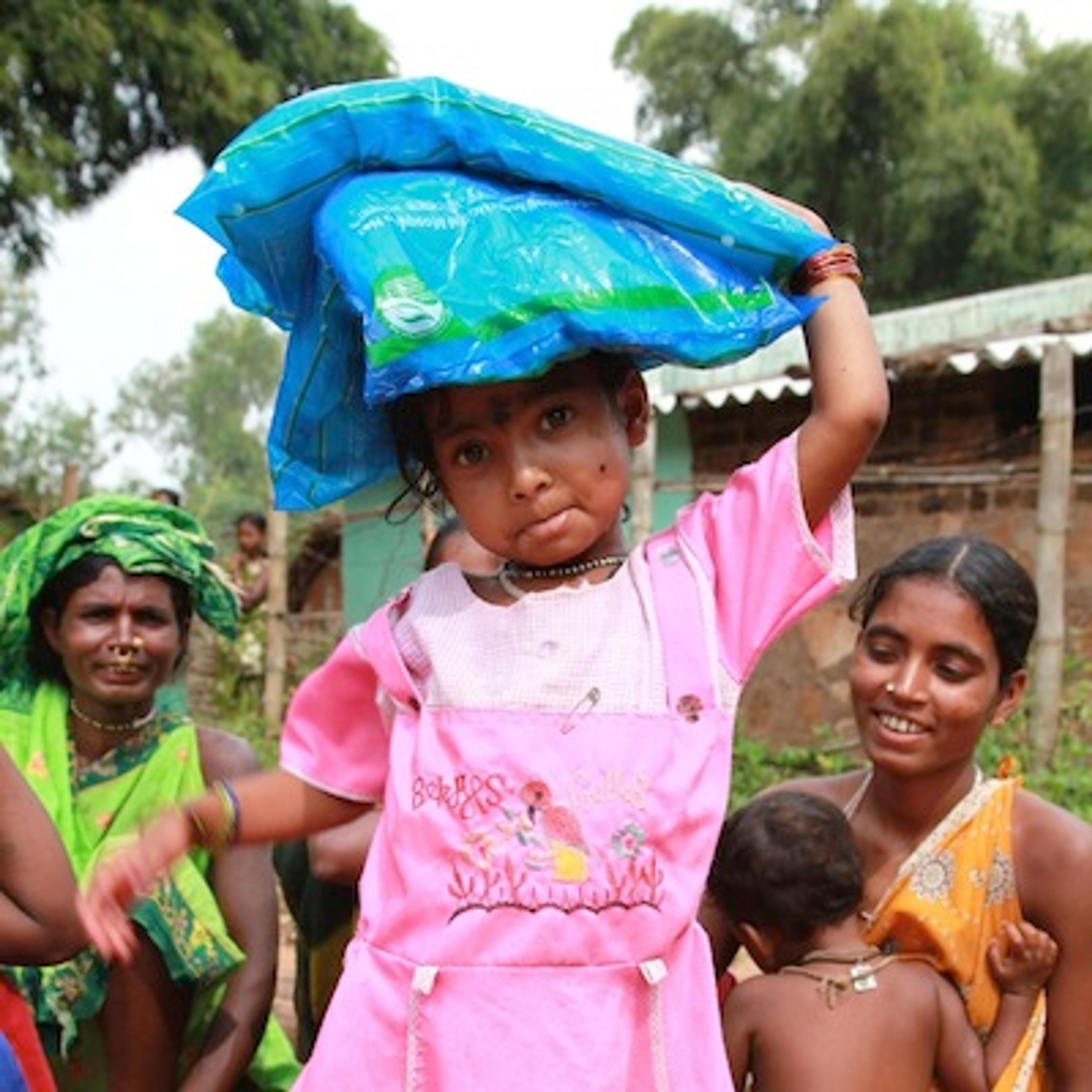'I had never felt like this before. I wasn’t just sick… I was dying.' This is the testimony of Ann Paisley Chandler, a Peace Corps volunteer who, following a tour in West Africa, fell ill with flu-like symptoms.
What initially appeared as a minor bout with the common virus quickly escalated into toxic shock, anaemia and emergency kidney dialysis. The diagnosis came in one shattering word: malaria. Her chance of survival? 5-10%. And yet, one coma and two weeks in an intensive care unit later, Chandler was blessed with a new lease on life, and left with a sobering reminder of what might have been.
Ann’s is but one episode in an estimated 219 million global cases of the tropical disease. While not often afforded the same status as HIV, Tuberculosis and other prominent illnesses endemic to the developing world, the mosquito-borne parasite was responsible for roughly 660 000 deaths in 2010 alone.

Yet armed with long pants, insect repellant and a toiletry bag filled with anti-malarial drugs, western travellers often underestimate the catastrophe of malaria. Despite its significant mortality rate, many in the developed world appear to have given the illness a back seat in the hierarchy of infectious diseases.
The reality however, could not be further from the truth. Chandler’s ordeal paints a picture of a far more devastating illness, one that begins with vomiting and fever and, all too often, ends with organ failure and death.
The vivid experience of Mariama Jones*, a Sierra Leonean living in the United States, testifies to this grim fact.
Pregnant with her first child, Jones was advised not to take anti-malarial therapy on a trip to her hometown, and ultimately fell ill with the parasite. Cruelly, it was her very desire to protect her baby that ultimately led her to miscarriage only three days after reaching hospital. The bereaved mother would go on to survive the illness, pleading with travellers to avoid malaria, 'especially if they are pregnant women.'
It is vital that such stories be heard for two equally important reasons. Firstly, so that we might begin to comprehend the pain and helplessness of those who endure malaria, and secondly, so that we are made aware that with proper care and treatment, they can survive.
Crucial to our understanding of this disease is the fact that it is both readily treatable and easily preventable, making it an optimal target for aid.
For sufferers, mosquito nets as cheap as $5.30 are invaluable assets, preventing the illness from even entering the body. Antimalarial drug regimens, on the other hand, require greater effort and expenditure, and only act to suppress the illness after infection.
Like most in the developing world however, the six-year-old victim of cerebral malaria lacked access to this basic preventative tool. While fortunate to survive the most serious strain of the disease, Rael can now look forward to a life in which she is unable to walk, feed herself or communicate. [6]
Our donations, put towards causes like the Against Malaria Foundation – one of GiveWell’s top rated charities – can help reverse a cycle that inflicts a devastating economic, emotional and human cost. For only the price of a Starbucks coffee, a young girl’s future might have looked more like that of our own children.
Tragedies like Rael’s need not be a reality for millions. Give now, and help make malaria a thing of the past.
*Not her real name
Image from the Against Malaria Foundation.